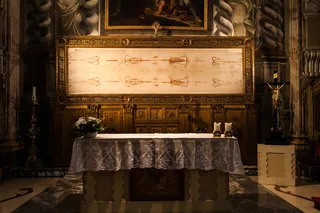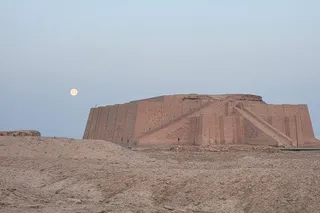For nearly 3,000 years, Egypt was ruled by a procession of pharaohs, starting with the Old Kingdom in 2,700 B.C., then the Middle Kingdom and culminating with the New Kingdom, which lasted until 1070 B.C. For the most part, these were absolute monarchs whose power was considered divine.
Dynasties passed from one ruler to another with infighting and inbreeding a plenty. It was not an easy time to be atop the throne. But a few rulers stood above the rest.
(Credit:thrshr/Getty Images)
Khufu was one of the earlier leaders of the Old Kingdom. He’s most known for being responsible for constructing the Great Pyramid of Giza, which was meant for him. The Great Pyramid is the only remaining wonder of this ancient world. But it should be noted that the construction of this great structure was not meant to benefit society as a whole but to house its great king ...















